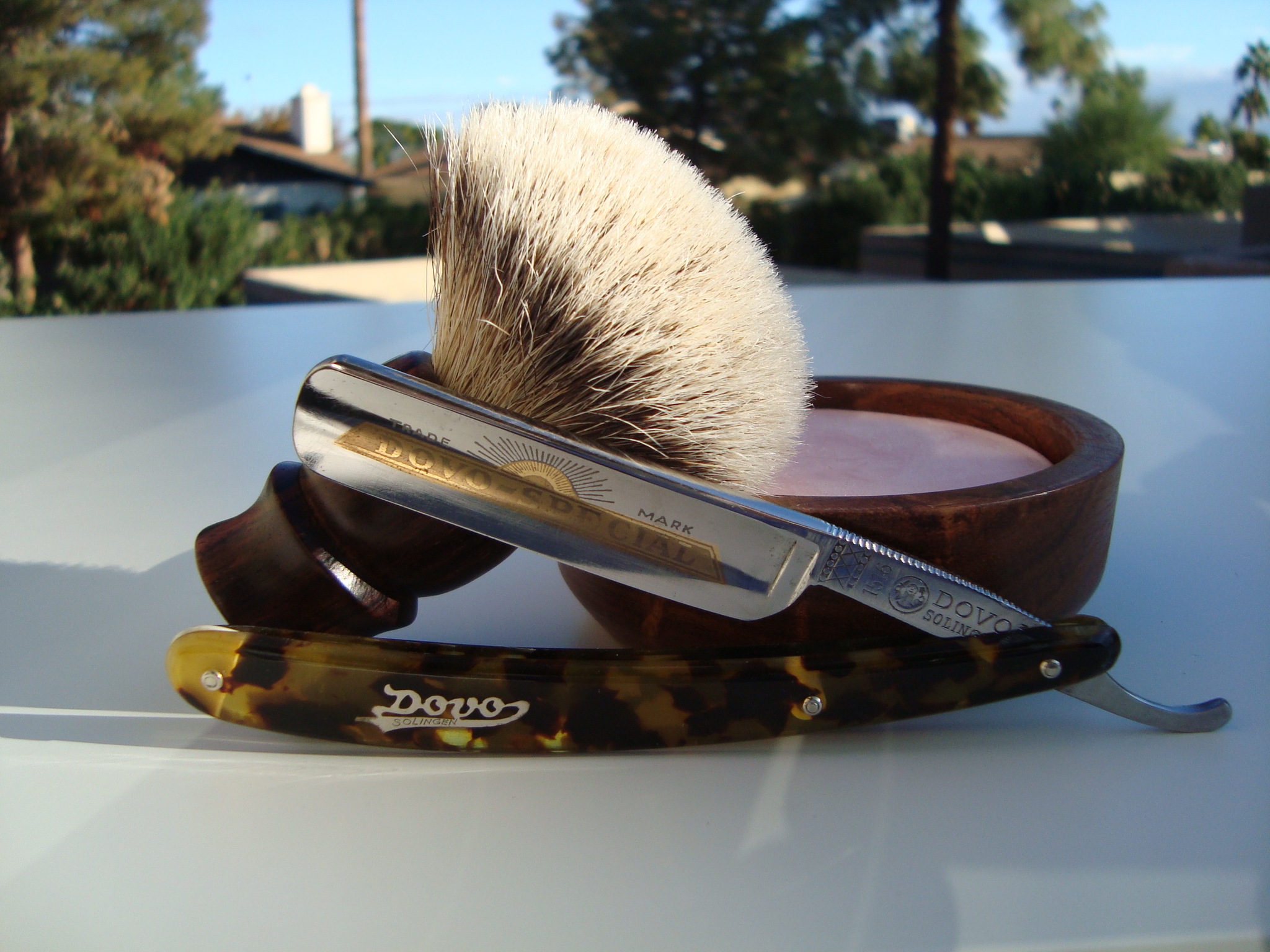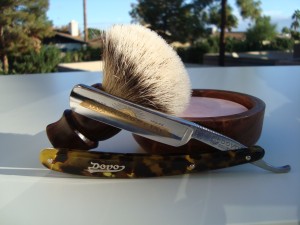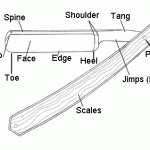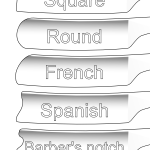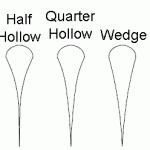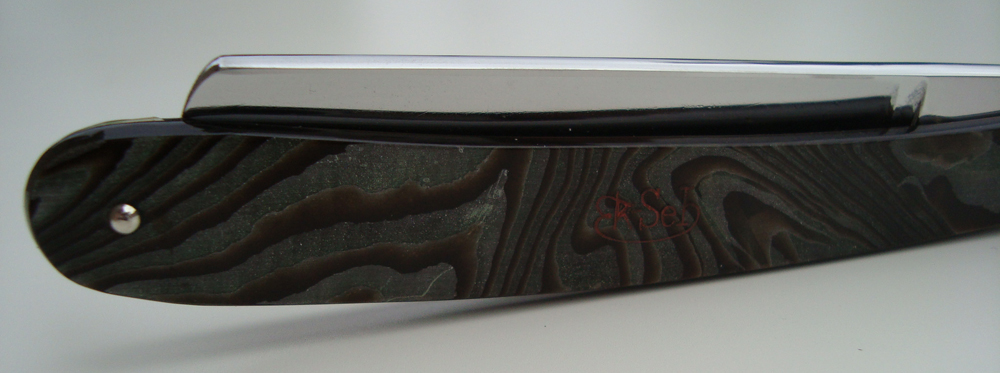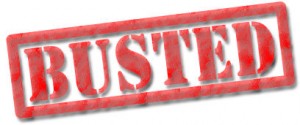
We’re starting a new section about straight razor myths. As a new user, there is a ton of information floating out there in the internet. Much of it is contradictory and many ideas are firmly entrenched in some circles. In this section we will address all of these myths and closely held beliefs regarding straight razor shaving. However, unlike Myth Busters, there will be not video testing. Rather we will simply explain the reasons why the myth is untrue or true.
The Myth
The inaugural myth is the perennial resting the straight razor myth. The myth goes something like this: resting the straight razor for 48 hours is advisable because it gets sharper or is better in some manner.
This myth is absolutely untrue. It originates just like all folk lore. Someone didn’t shave for a day and then when they shaved, the shave was better than they remember. Or something like that. Regardless of whether or not it is true, the idea of letting your razor rest for 48 hours still permeates society. It is often cited as a reason for buying/needing a second razor. (Digressing slightly, a second razor is actually a good thing if you can afford one).
The Theory Behind the Myth
Proponents of the resting theory state that the razor has a fin that does the actual cutting of your beard. This fin is very fragile and during the shaving process it rolls over to one side, like a burr. During the resting period, this fin somehow grows back or realigns itself due to the magnetic forces and whatnot in the steel. Other theories claim nothing or voodoo magic does the realigning/regrowing. If you shave every day with the same razor, the razor will go dull extremely quickly and you will permanently damage the fin possibly breaking it off for good.
Basically, it sure sounds like pyramid honing already debunked by the people at Myth Busters. See video below.
An alternative resting theory has to do with something about resting metal and how and why they do it when machining steel. Now, to give this alternative explanation its fair shake, I haven’t been able to actually research further into the theory because I was never able to actually find the practice used by machinists so I have no idea if they actually do and if they do, why, they rest the metal.
The Truth
Ah, where to begin. There is absolutely no truth whatsoever to this myth. Attacking it from every angle shows weakness in the underlying facts or theory behind the myth. Let’s start with the fin. There is no such thing as a fin! Your knife doesn’t have one and neither do your razors. No magnified photos of razor edges show any signs of a fin. In addition, plenty of SEM photographs have been taken of razors and knives and none reveal any fins. See below.
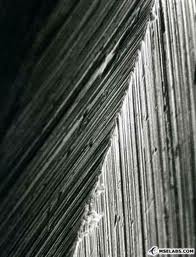
The closest thing to a fin is a burr, which is undesireable regardless of whether its a knife or razor. (A burr being a small strip of metal at the very edge still clinging desperately to the edge that needs to be removed to attain optimum sharpness). The other explanation for a fin is a rolled edge. See below for a picture. While this is a true phenomenon, a rolled edge cannot be corrected simply by resting the blade. It must be steeled or stropped or honed out.
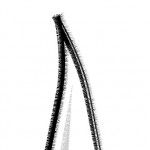
All this talk of fins and burrs would still be pointless if the act of resting the razor actually worked. We are sad to report, it does not. Many tests have been done and the truth of the matter is that a razor that has been rested shaves no better than one used the previous day. Don’t believe us? Try it yourself, purchase a second razor to shave with while your other razor is “resting” and see if the shave is any better.
Why This Myth Still Persists
There are many reasons. One is marketing. A straight razor lasts an entire lifetime. What better way to convince someone to buy more razors than to perpetuate the idea that razors need resting in between shaves to make people buy more razors. Another factor to consider is that there is no scientific method of testing a razor’s sharpness. The closest we have is to examine the edge under magnification to see how “perfect” the bevel is. As such, the only true test is the actual shave, which is highly subjective and hardly objective. So, with that perspective, the obvious reason for the myth’s persistence is misperceptions and bad memory. If you can’t actually remember whether the shave two days ago was better or the same, how can you say for certain whether resting actually works or not. In addition, take the case of the man who skips a shave and claims the shaves are better. They very well might be, his face could have recovered from the shave better. Yet, this has everything to do with his face, and nothing to do with his razor.
Another reason could be that the stropping is better when the second shave is performed. Stropping actually does sharpen your razor (although in minute quantities). Thus, if you strop better or longer, it stands to reason that the razor will perform better.
What is True
Resting the razor definitely has its benefits. However, it will not get sharper if you rest it. Resting the razor prolongs the life of the razors and decreases the wear and tear on the blade. In addition to reducing the wear & tear on your razors by dividing up the work load, having a second razor means that when one is out for honing, you have a second on hand to shave with.


